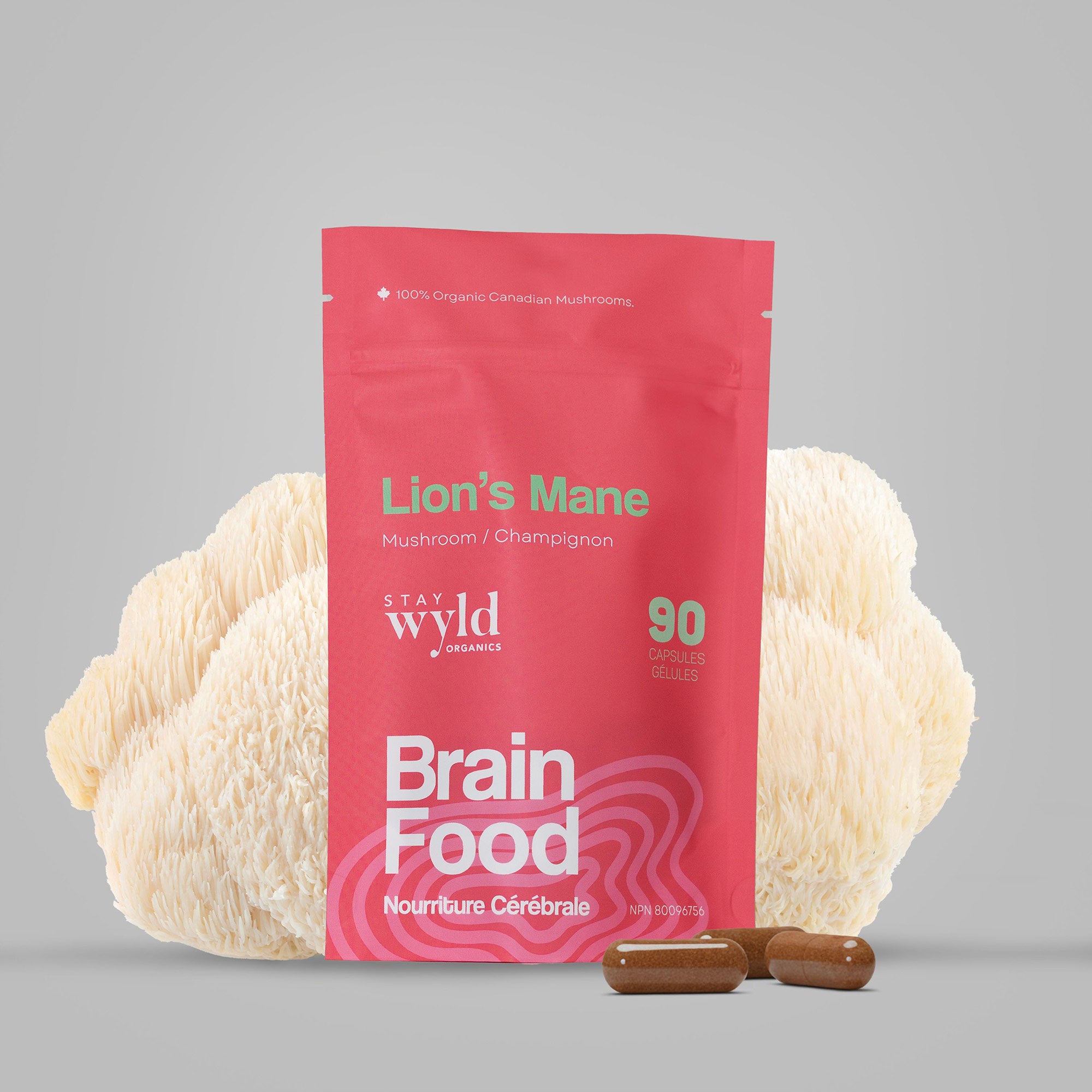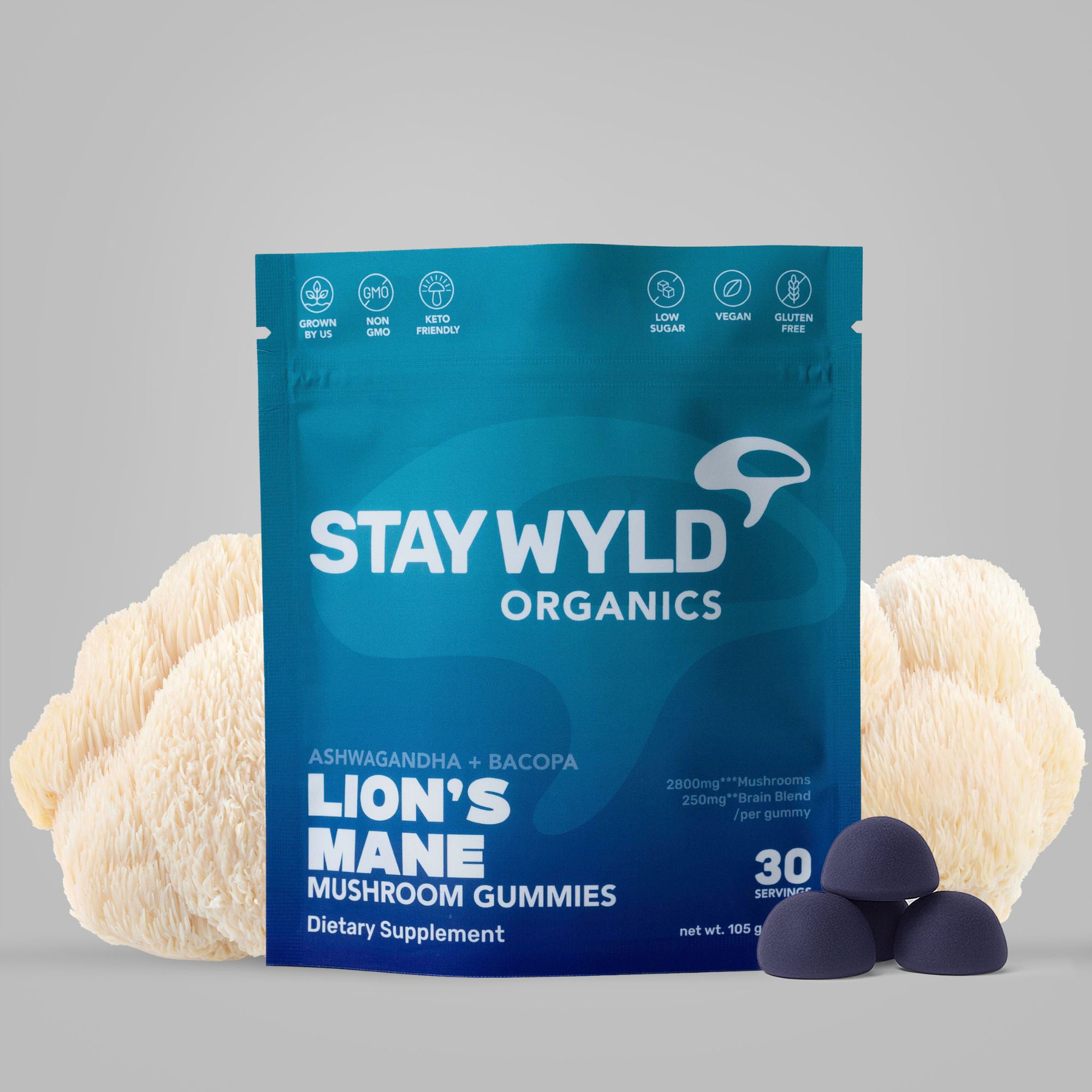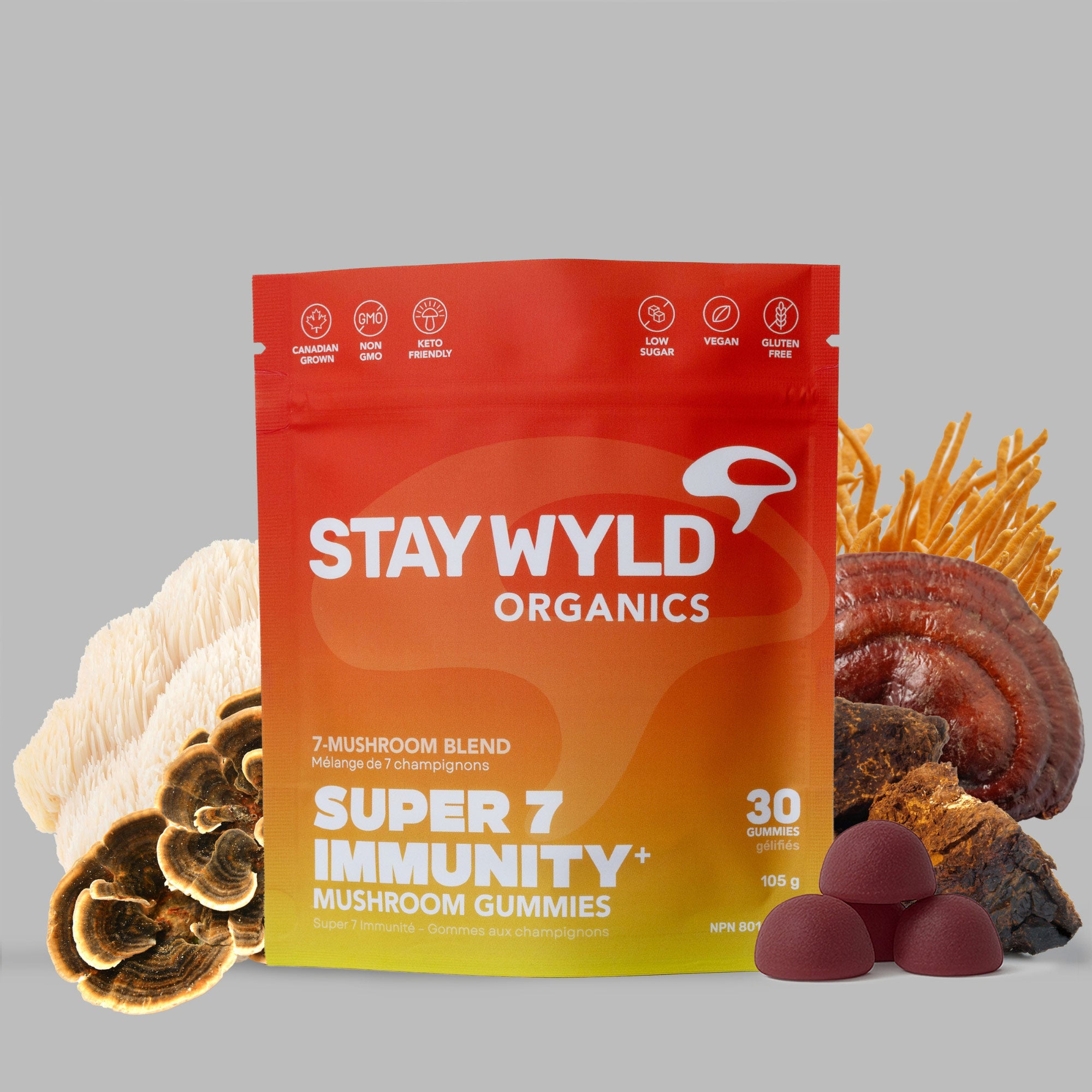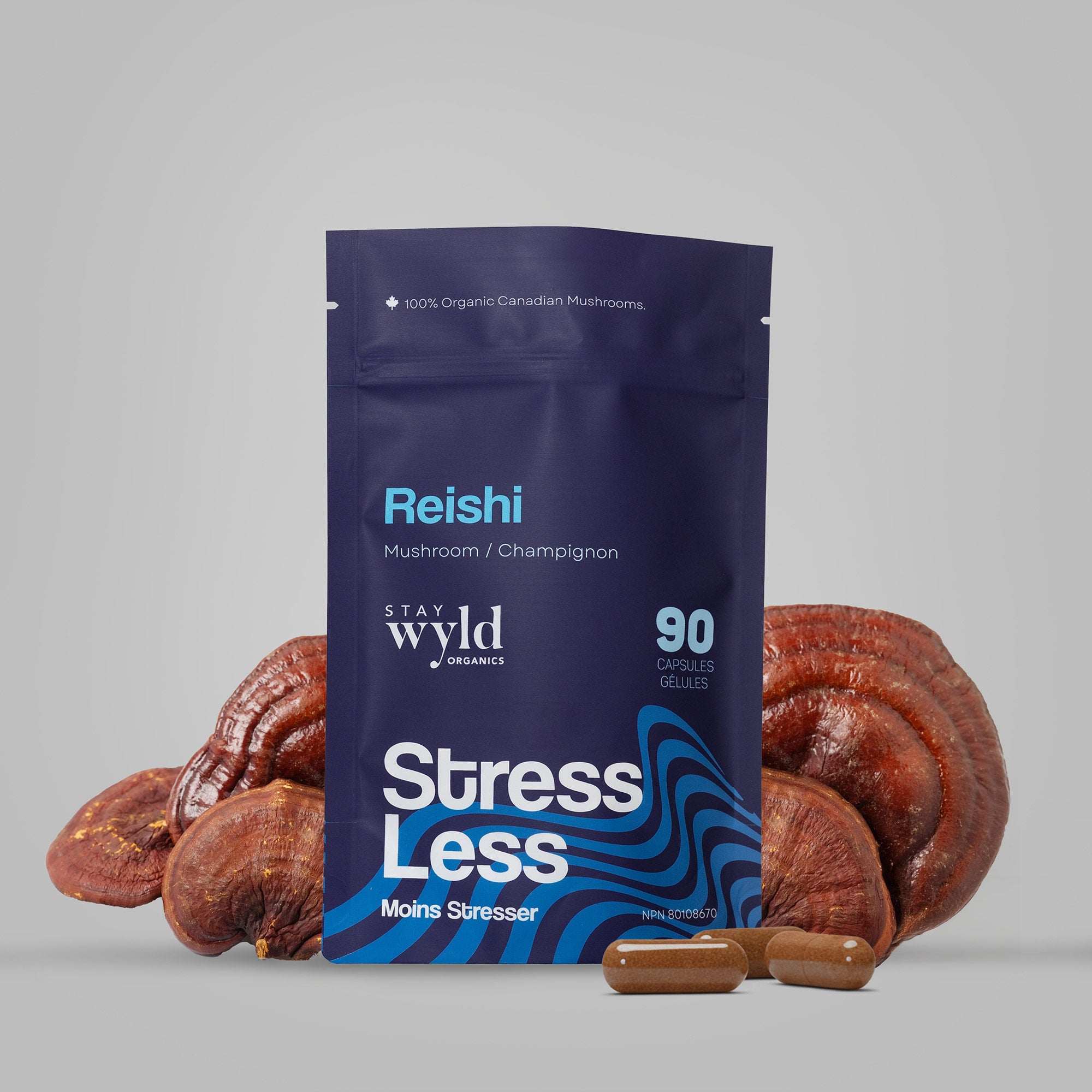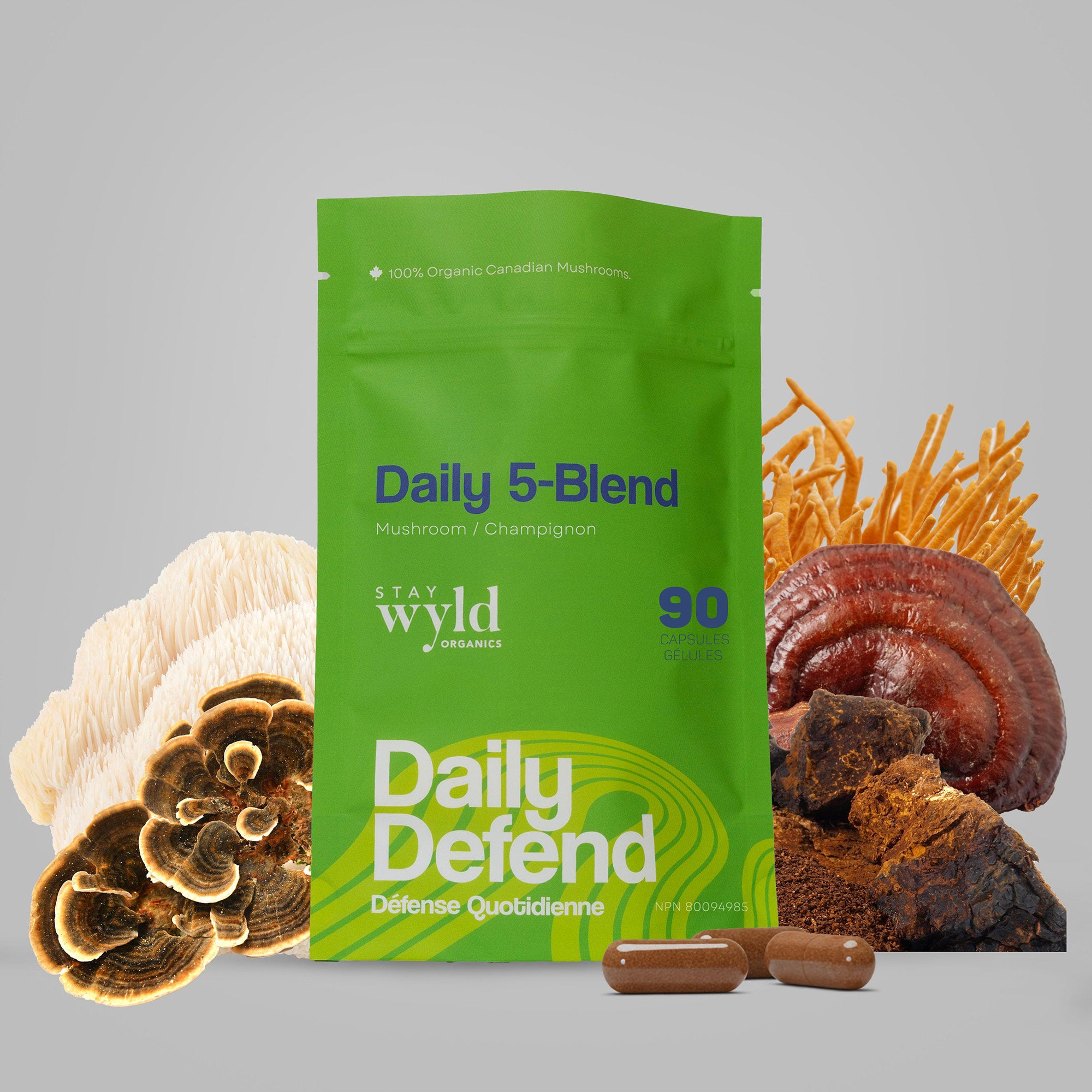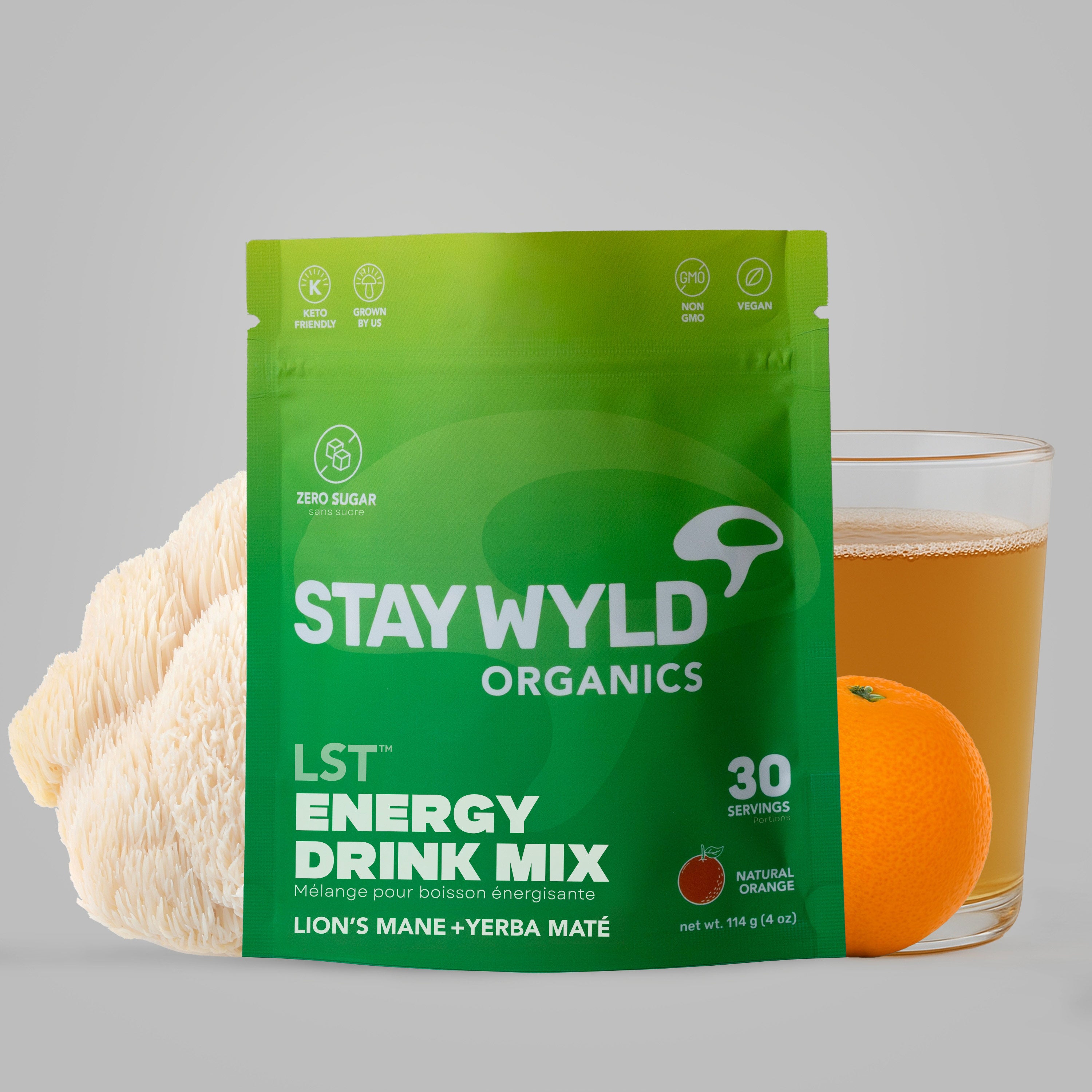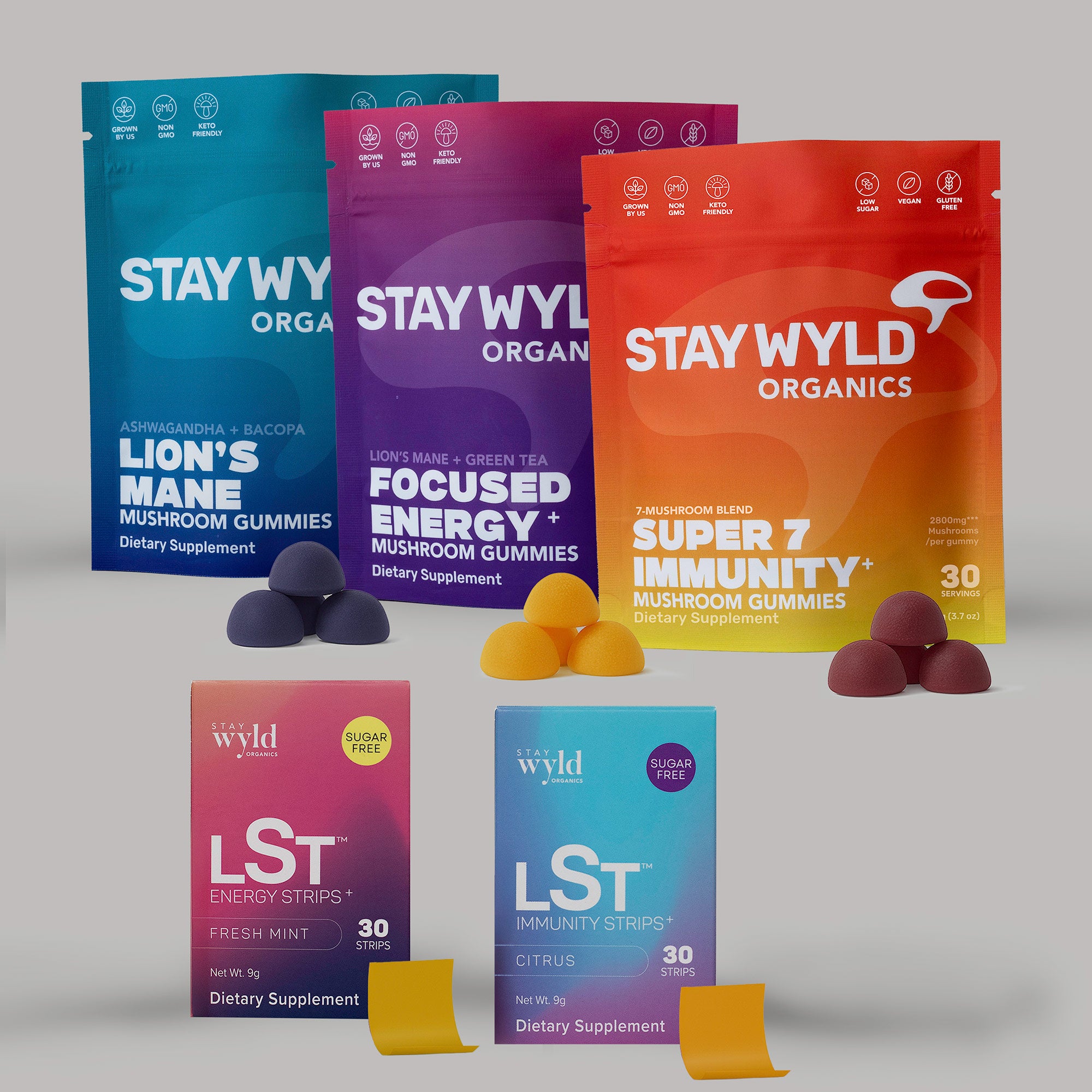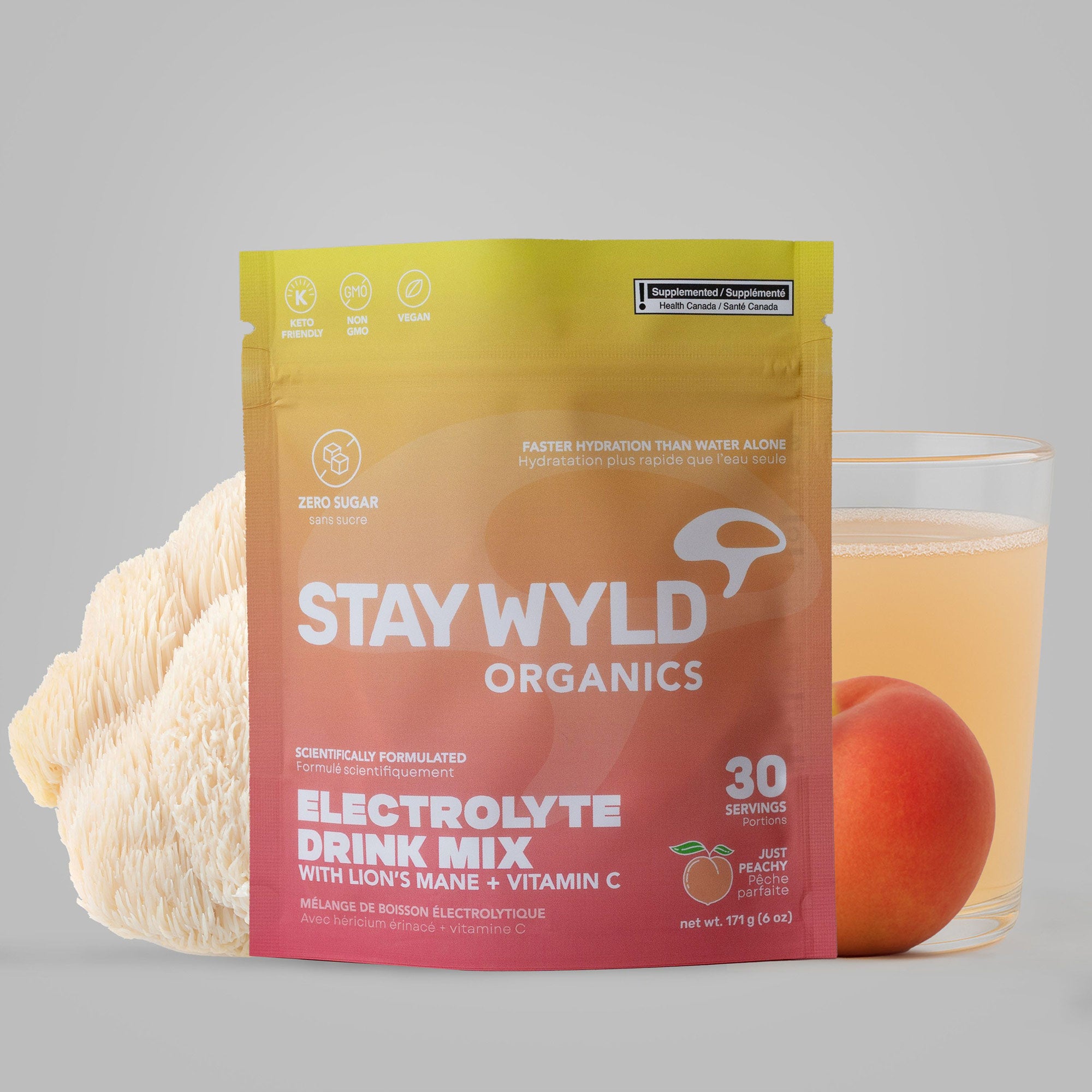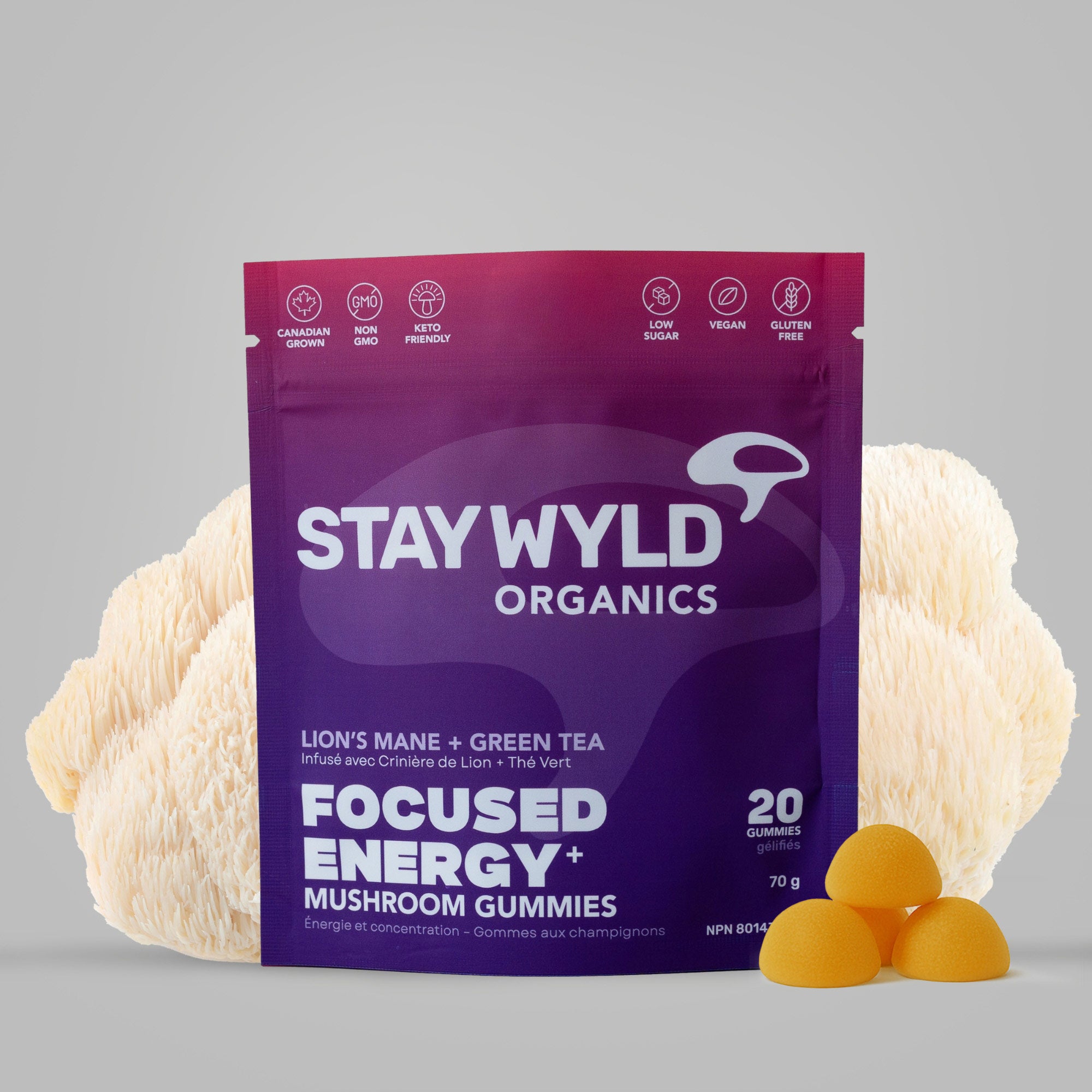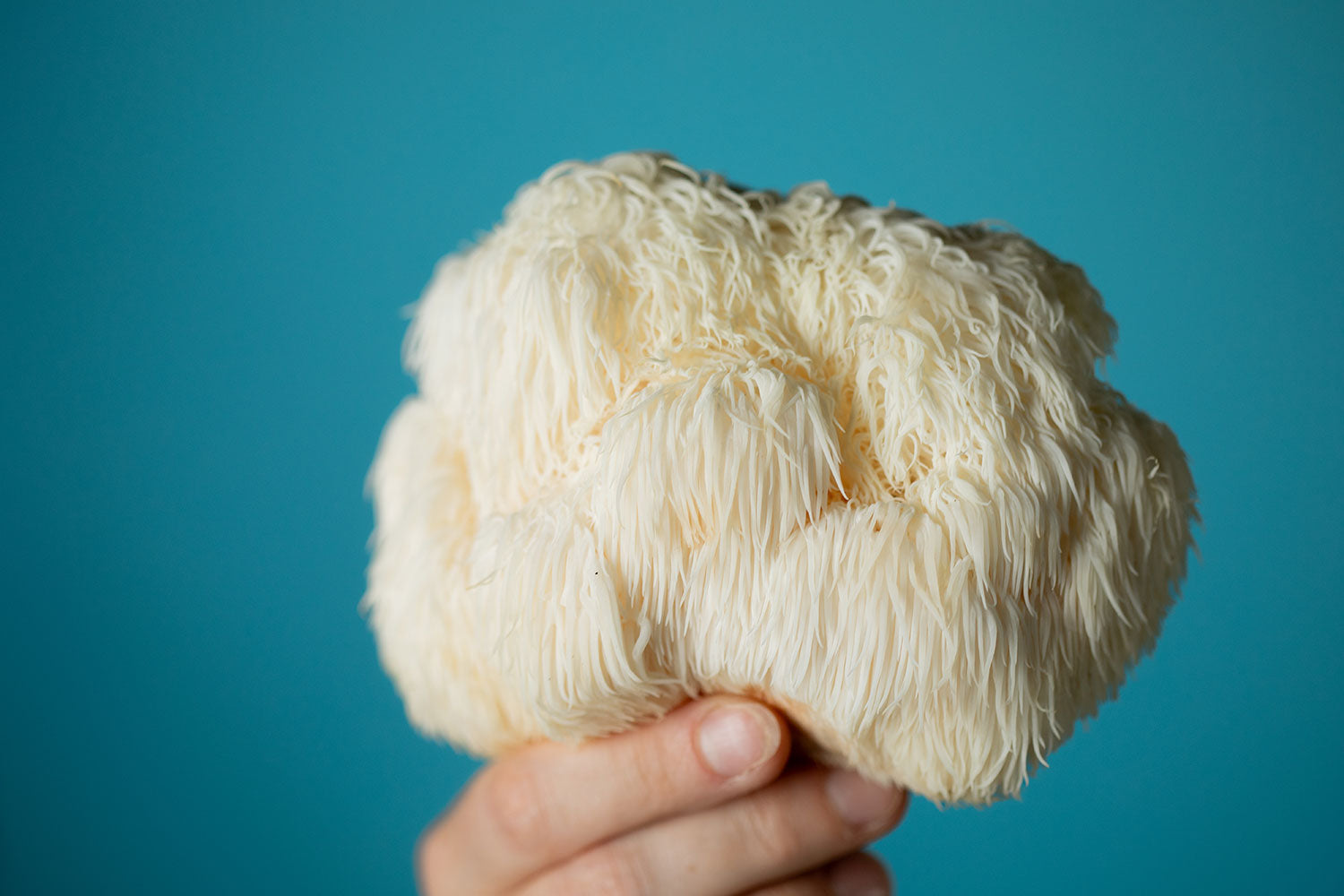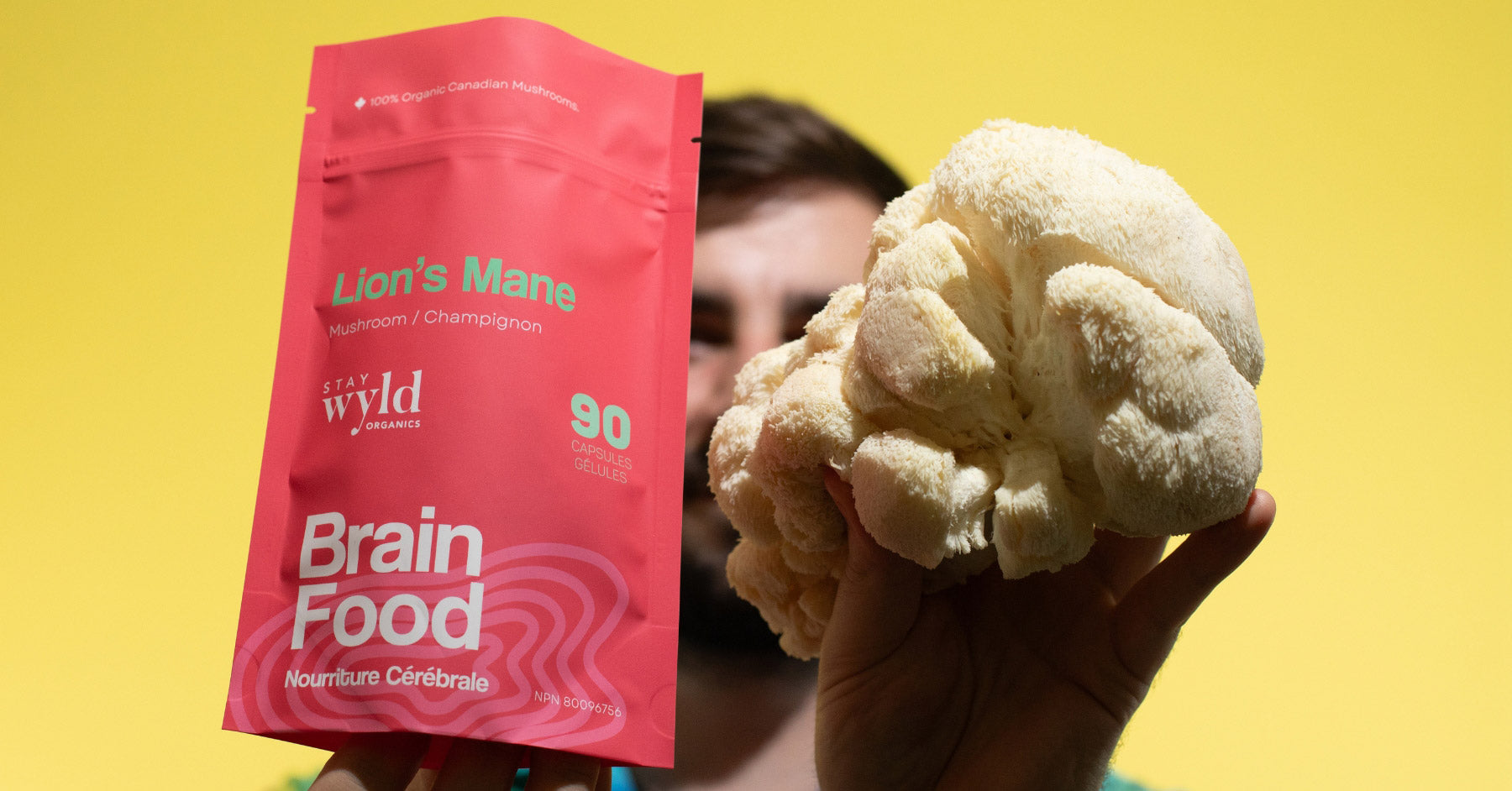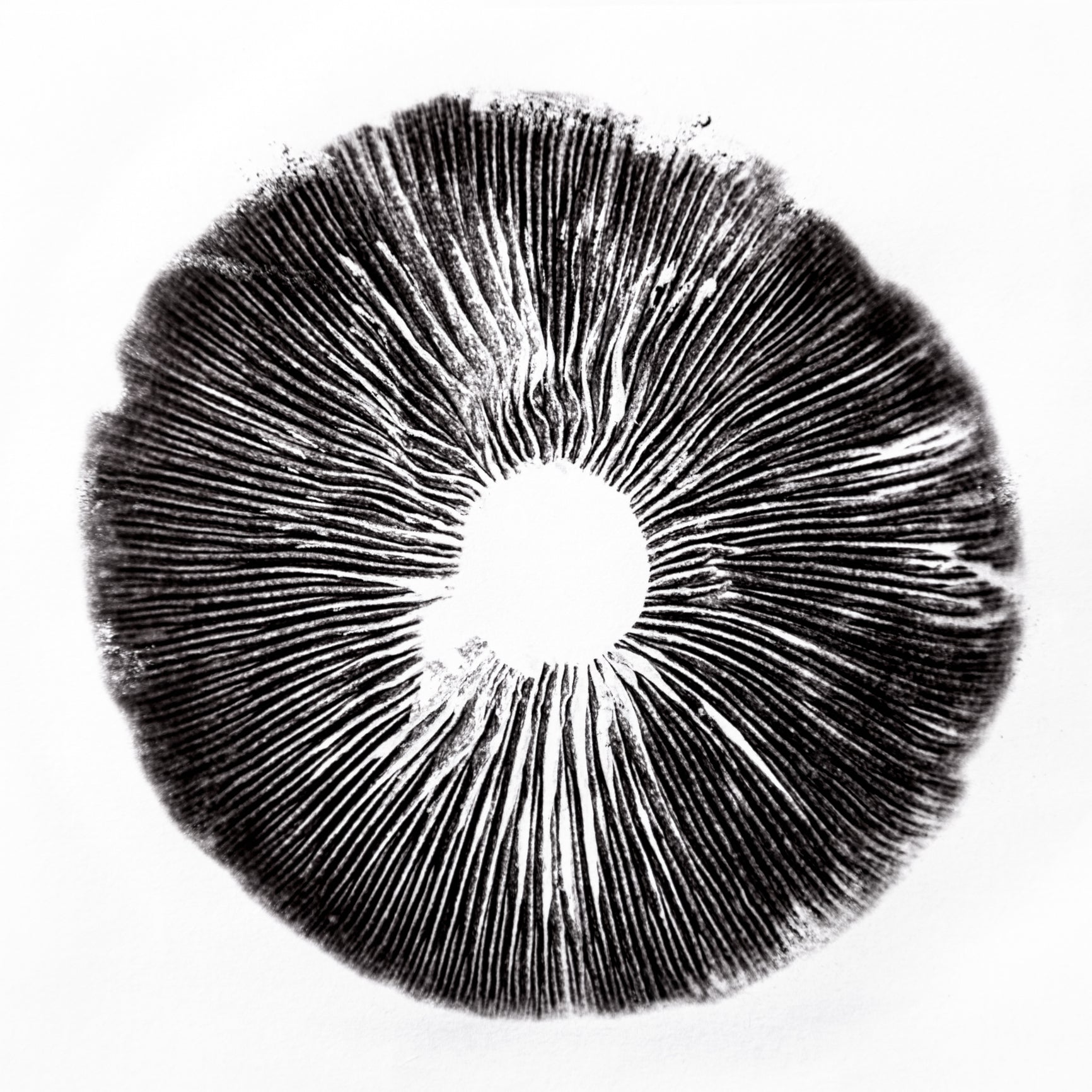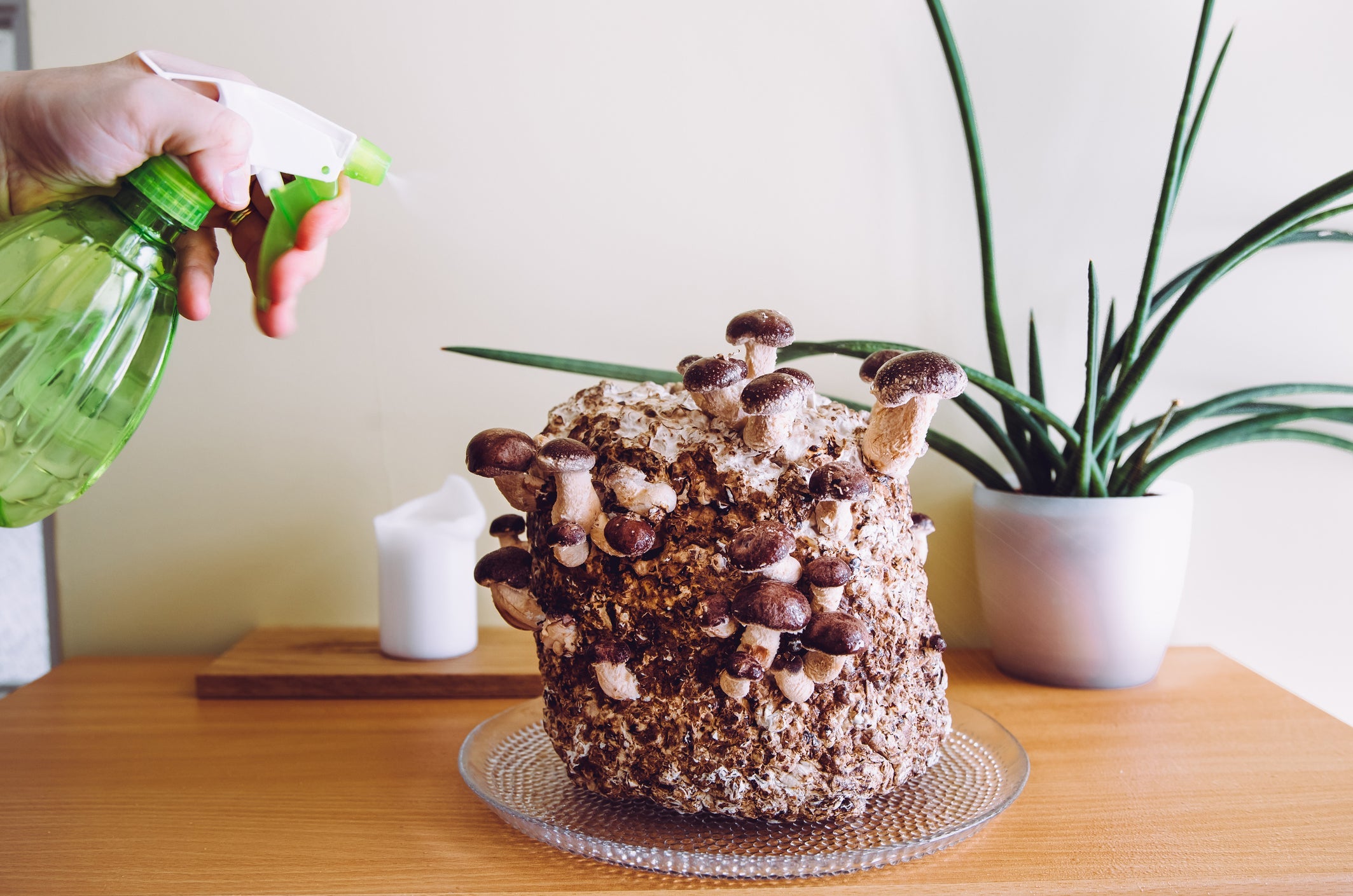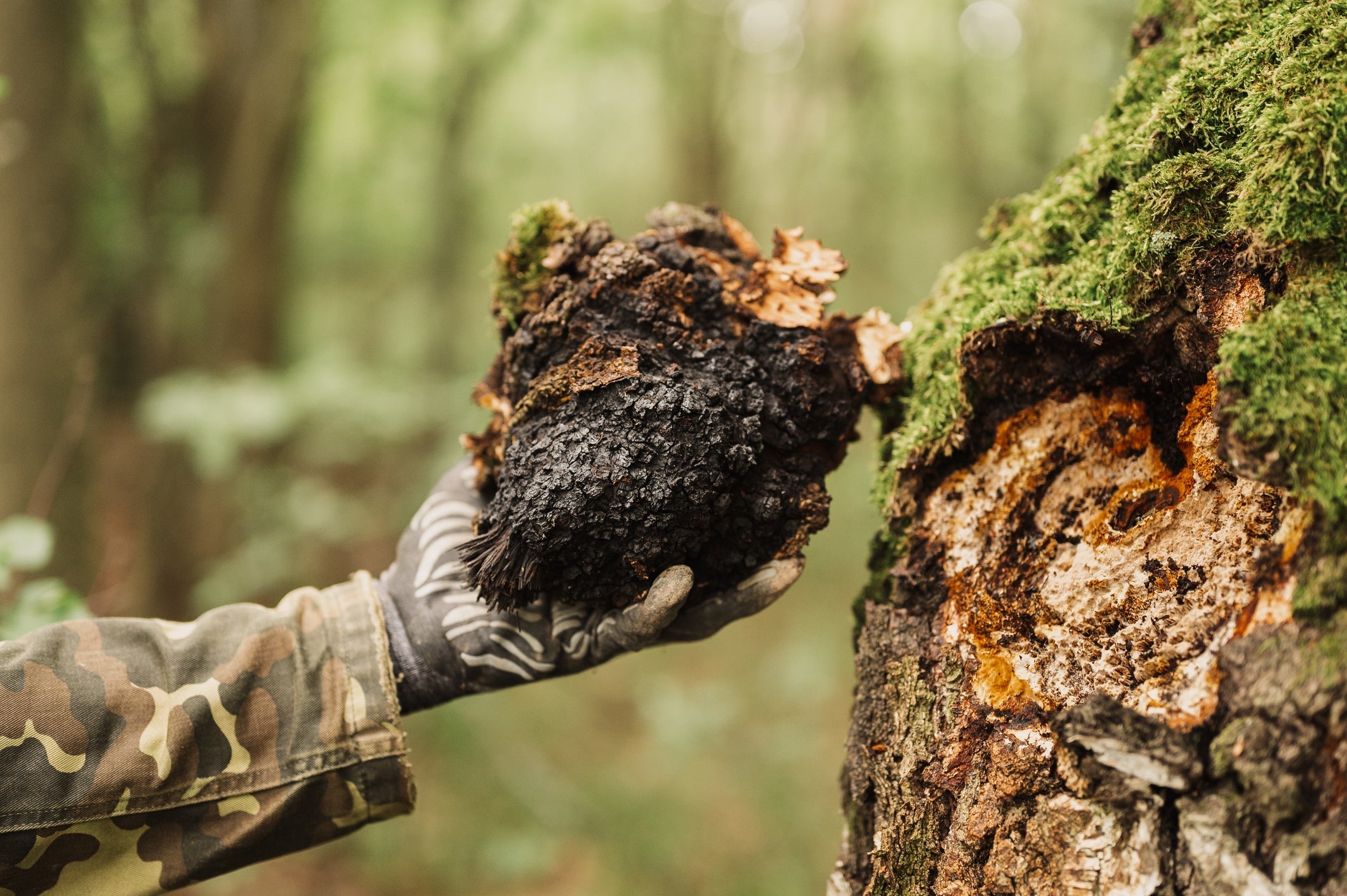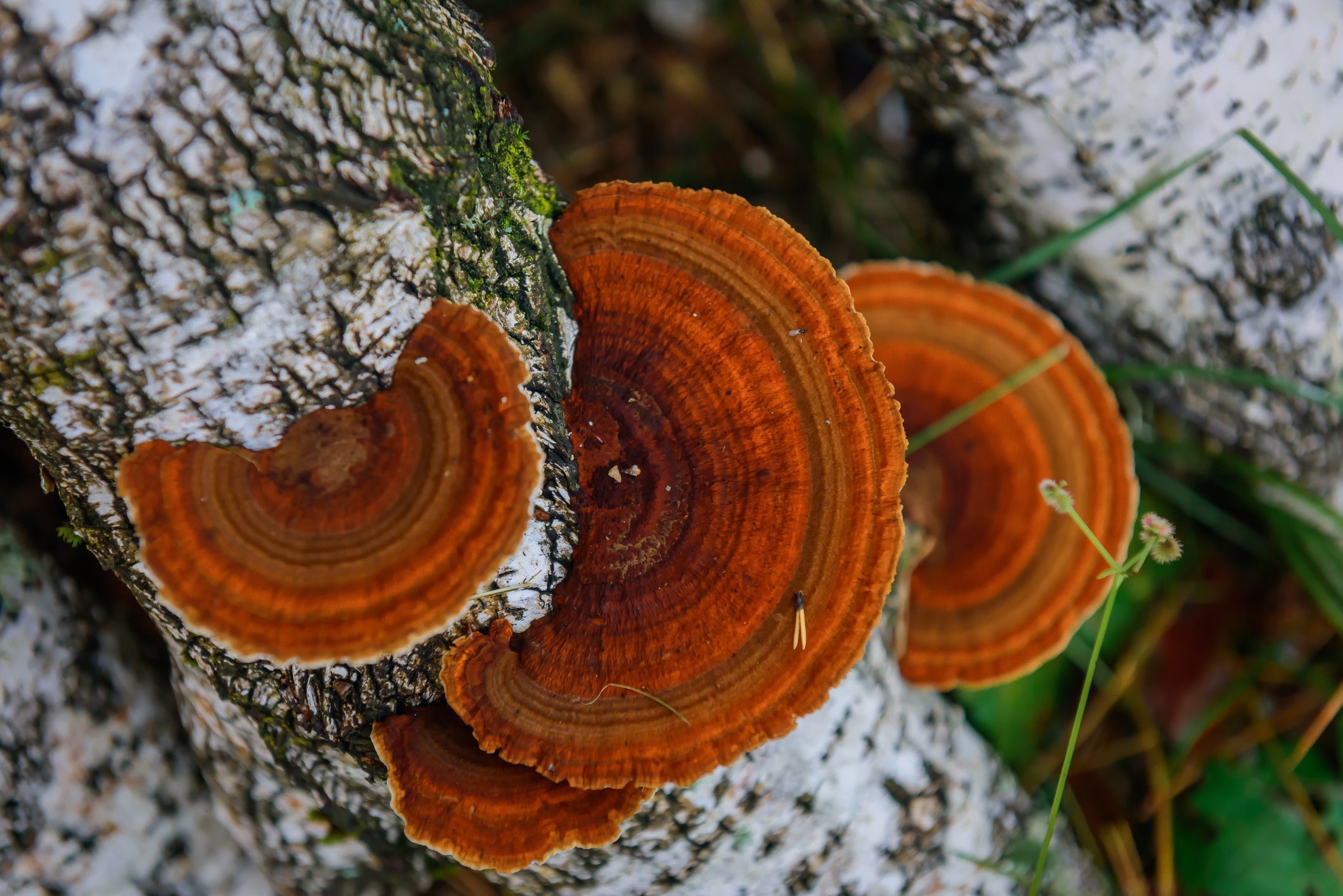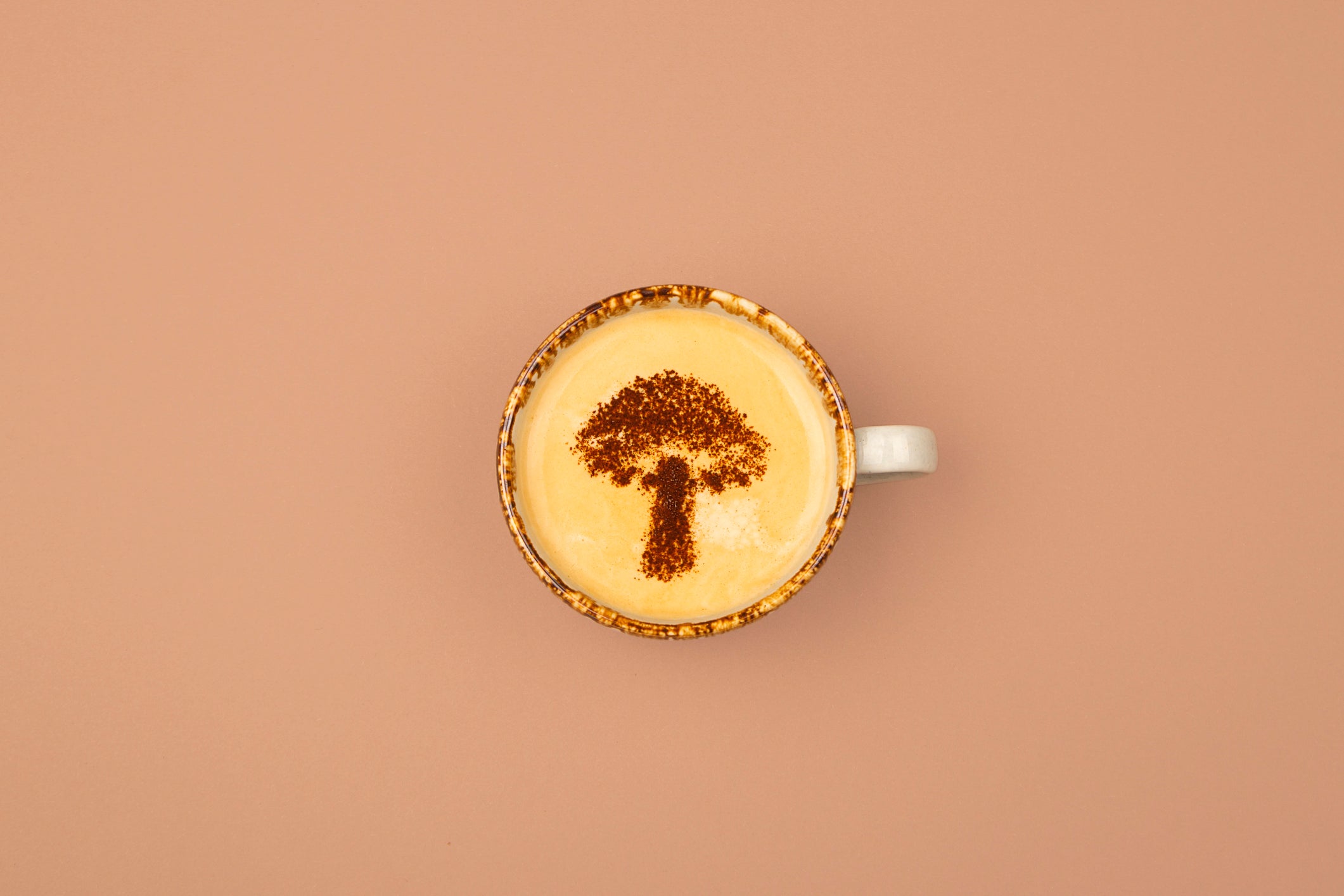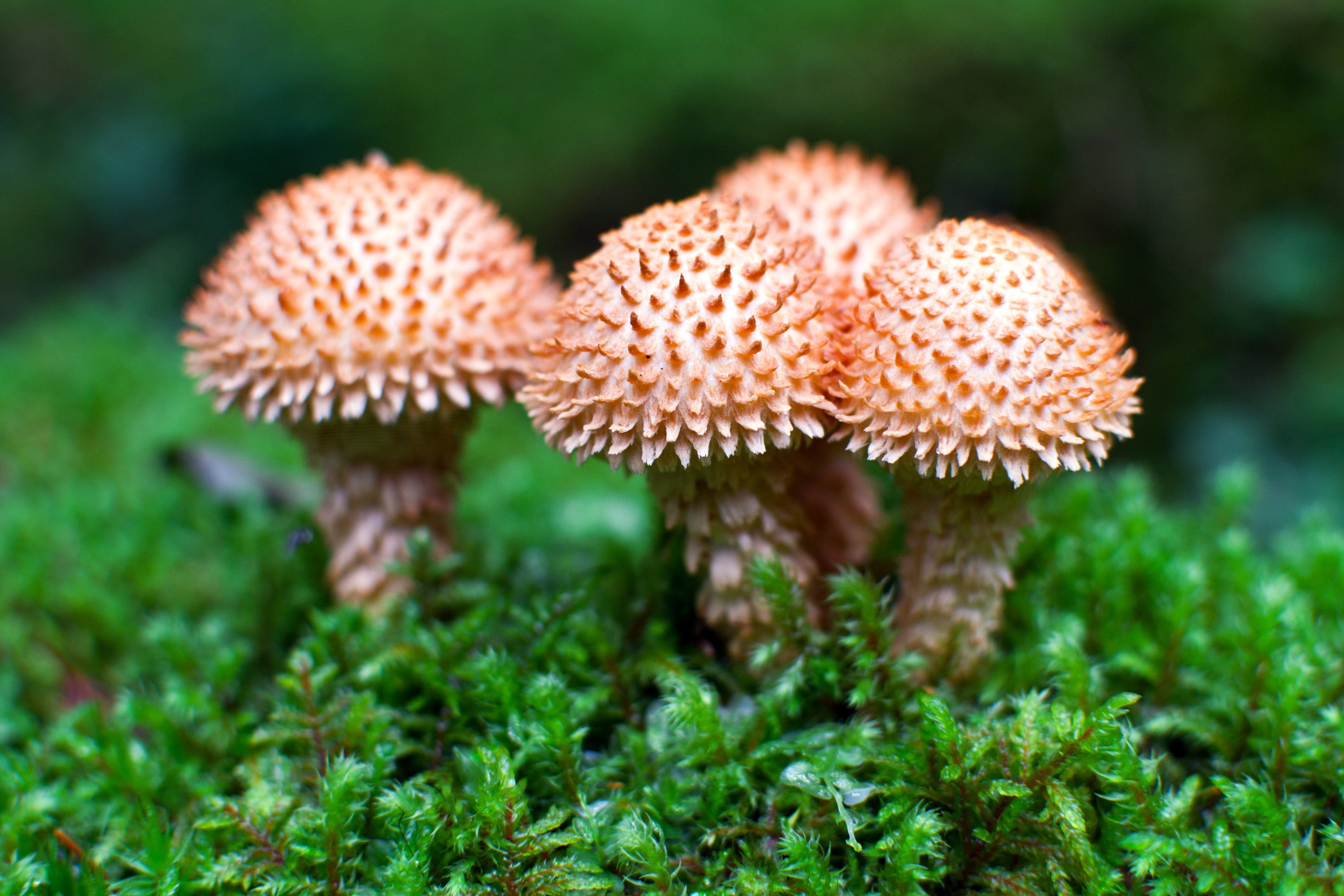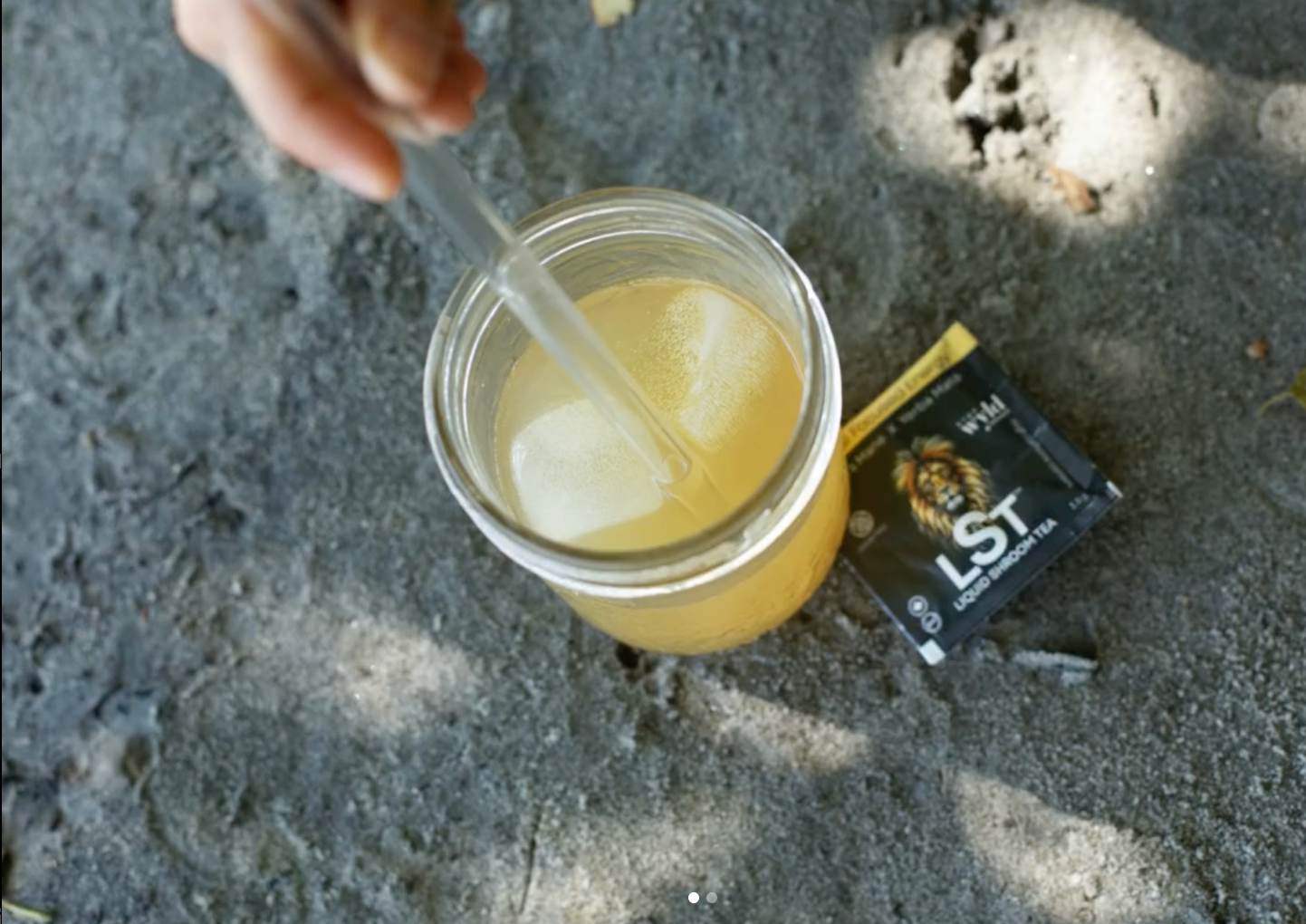The Ultimate Guide to Cultivating Pink Oyster Mushrooms in Your Home
7 minute read
Pink oyster mushrooms are a popular choice for home cultivators due to their vibrant color, unique shape, and delicious taste. Whether you're an experienced grower or a beginner looking to try your hand at mushroom cultivation, this ultimate guide will provide you with everything you need to know about cultivating pink oyster mushrooms in the comfort of your own home.
Understanding Pink Oyster Mushrooms
Pink oyster mushrooms, known scientifically as Pleurotus djamor, are a tantalizing species from the oyster mushroom family. Thriving in tropical climates, they're cultivated for their sweet aroma and delicate texture. More than just a culinary delight, these mushrooms are packed with vitamins, minerals, and antioxidants, offering numerous health benefits.
The striking feature of pink oyster mushrooms is their vibrant hue, setting them apart from their counterparts. This pink coloration stems from carotenoids, which not only enhance their aesthetic appeal but also bring antioxidant benefits, guarding the body against damaging free radicals.
Taste-wise, pink oyster mushrooms are subtly sweet and boast a soft texture, making them perfect for stir-fries, soups, and salads. They adeptly soak up flavors, pairing well with various ingredients and spices. From a simple sauté with garlic and butter to being the star of a creamy pasta, they're sure to elevate any dish.
Nutritionally, these mushrooms are a powerhouse. They're rich in vitamin D, essential for bone health and immunity; B vitamins, crucial for energy and brain function; and vitamin C, known for its immune-boosting and skin-health properties. They're also loaded with minerals like potassium, important for heart health; phosphorus, key for bones and teeth; and iron, vital for oxygen transport in the blood.
Culinary possibilities with pink oyster mushrooms are vast. They can be a meat alternative in vegetarian dishes, a flavorful addition to pasta sauces, or even grilled for a smoky touch. Their versatility makes them a favorite in both professional kitchens and home cooking.
In summary, pink oyster mushrooms are a visual and gastronomic treat, offering diverse culinary uses and significant health benefits. They are an exciting addition to any diet, whether you're a mushroom aficionado or just seeking to diversify your meals. Next time you spot them at the market, consider trying these mushrooms to discover a world of flavor and nutrition.
Part 1: Getting Started with Pink Oyster Mushrooms
Before you dive into the exciting world of pink oyster mushroom cultivation, it's essential to understand some basic principles and prepare yourself for a successful growing journey. Here are some key steps to get started:
Choosing the Right Spores or Spawn
To begin your pink oyster mushroom cultivation, you have two options: using spores or spawn. Spores are tiny reproductive cells that can be collected from mature mushrooms, while spawn refers to a substrate that is already colonized by mushroom mycelium. For beginners, using spawn is recommended as it provides a head start and increases the chances of successful cultivation.
When choosing your spawn, it's important to consider the source. Look for a reputable supplier that offers high-quality spawn. This will ensure that you have a healthy and vigorous mycelium to work with. Additionally, consider the specific strain of pink oyster mushrooms you want to grow. Different strains may have slightly different growth requirements and characteristics, so choose one that aligns with your preferences and goals.
Essential Tools and Materials for Cultivation
Before you begin growing pink oyster mushrooms, it's important to gather the necessary tools and materials. Here are some essential items you'll need:
- A sterile growing medium, such as straw, sawdust, or coffee grounds
- A large plastic bag or airtight container for mushroom fruiting
- A spray bottle for misting
- Clean work surface and gloves to maintain sterile conditions
- A thermometer and hygrometer to monitor temperature and humidity
Let's delve deeper into each of these essential tools and materials:
- Sterile Growing Medium: The growing medium is the substrate on which the pink oyster mushrooms will grow. It provides the necessary nutrients for the mycelium to thrive. Straw, sawdust, and coffee grounds are commonly used as growing mediums for pink oyster mushrooms. Each has its own advantages and considerations, so choose the one that suits your resources and preferences.
- Large Plastic Bag or Airtight Container: Pink oyster mushrooms require a high level of humidity to grow successfully. A large plastic bag or airtight container will create a controlled environment that retains moisture. This is crucial for the mycelium to colonize the substrate and for the mushrooms to develop properly.
- Spray Bottle: Maintaining the right level of moisture is essential for pink oyster mushroom cultivation. A spray bottle filled with clean water will allow you to mist the growing environment regularly. This helps to create the optimal conditions for the mycelium to grow and for the mushrooms to form and mature.
- Clean Work Surface and Gloves: Sterility is crucial when working with mushroom cultivation. To prevent contamination and ensure the success of your pink oyster mushroom cultivation, it's important to have a clean work surface and wear gloves. This minimizes the risk of introducing unwanted microorganisms that could compete with or harm the mycelium.
- Thermometer and Hygrometer: Temperature and humidity play a significant role in the growth and development of pink oyster mushrooms. Monitoring these factors is essential to create and maintain the ideal conditions for your mushrooms. A thermometer will help you keep track of the temperature, while a hygrometer measures the humidity level. With this information, you can make adjustments to ensure optimal growth.
By gathering these essential tools and materials, you'll be well-prepared to embark on your pink oyster mushroom cultivation journey. Remember to always follow proper sterilization techniques and maintain a clean environment to maximize your chances of success.
Part 2: The Cultivation Process
Preparing the Substrate
The substrate is the growing medium where the pink oyster mushrooms will develop. Various materials can be used as a substrate, but one of the most common choices is a mixture of straw and coffee grounds. First, soak the straw in water for several hours to soften it. Then, drain the excess water and mix it with coffee grounds in a large container. This substrate mixture will provide the necessary nutrients for the mushrooms to grow.
Inoculating the Substrate with Pink Oyster Mushroom Spawn
Once your substrate is prepared, it's time to inoculate it with pink oyster mushroom spawn. Carefully distribute the spawn throughout the substrate, ensuring an even distribution. Use a clean and sterilized tool, like a spoon or your gloved hands, to prevent contamination. Afterward, mix the spawn and substrate thoroughly to ensure good contact and colonization.
Ideal Conditions for Pink Oyster Mushroom Growth
Pink oyster mushrooms thrive in specific environmental conditions. Here are some crucial factors to consider:
- Temperature: Pink oyster mushrooms prefer temperatures between 60°F and 75°F (15°C and 24°C). Maintaining a stable temperature within this range is essential for successful cultivation.
- Humidity: These mushrooms require high humidity levels, around 80% to 90%. Regular misting or the use of a humidifier can help maintain the ideal moisture levels.
- Light: While pink oyster mushrooms do not require direct sunlight, they do need indirect light. Place them in a well-lit area but away from direct exposure to sunlight to avoid heat stress.
Part 3: Caring for Your Pink Oyster Mushrooms
Monitoring Temperature and Humidity
To promote healthy mushroom growth, it's crucial to monitor and maintain the proper temperature and humidity levels within your growing environment. Use a thermometer and hygrometer to regularly check these factors and make any necessary adjustments. Investing in a temperature-humidity controller can help automate this process, ensuring optimal conditions for your mushrooms.
Watering and Ventilation Practices
Watering and proper ventilation are vital for the well-being of your pink oyster mushrooms. Mist the mushrooms with clean water daily to maintain high humidity levels. Adequate ventilation is crucial to prevent the buildup of excess moisture and promote air circulation, which reduces the risk of fungal diseases.
Identifying and Solving Common Issues
Throughout the cultivation process, you may encounter common issues such as contamination, slow growth, or pest infestations. It's important to promptly identify these problems and take appropriate action. Remove any contaminated or diseased mushrooms, adjust the growing conditions, and maintain cleanliness to prevent further issues.
Part 4: Harvesting and Utilizing Pink Oyster Mushrooms
When and How to Harvest Pink Oyster Mushrooms
Pink oyster mushrooms are typically ready for harvest when the caps are fully grown, but still firm and young-looking. The best time to harvest is before the edges of the caps start to curl upward. Use a clean and sharp knife to cut the mushrooms at the base of the stem. Harvesting should be done gently to avoid damaging the mycelium and future flushes.
Storing and Preserving Your Harvest
To store pink oyster mushrooms, place them in a paper bag or a breathable container and store them in the refrigerator. Avoid storing them in plastic bags, as this can trap moisture and lead to spoilage. Pink oyster mushrooms can stay fresh for up to one week when stored properly.
Creative Recipes Using Pink Oyster Mushrooms
Pink oyster mushrooms are incredibly versatile in the kitchen and can be used in various recipes. From sautés and stir-fries to soups and stews, their delicate flavor and meaty texture make them a delightful addition to any dish. Experiment with different cooking techniques and flavors to discover your favorite way to enjoy these pink beauties.
Conclusion
With the knowledge and guidance provided in this ultimate guide, you are equipped to embark on your pink oyster mushroom cultivation journey. Remember to be patient and pay attention to the details, as cultivating mushrooms requires careful monitoring and adherence to proper growing practices. Soon enough, you'll be enjoying the satisfaction of harvesting your own homegrown pink oyster mushrooms and savoring their unique taste in delicious culinary creations. Get started today and let the magic of mushroom cultivation unfold in your own home.
Leave a comment
All comments are moderated before being published.
This site is protected by hCaptcha and the hCaptcha Privacy Policy and Terms of Service apply.
